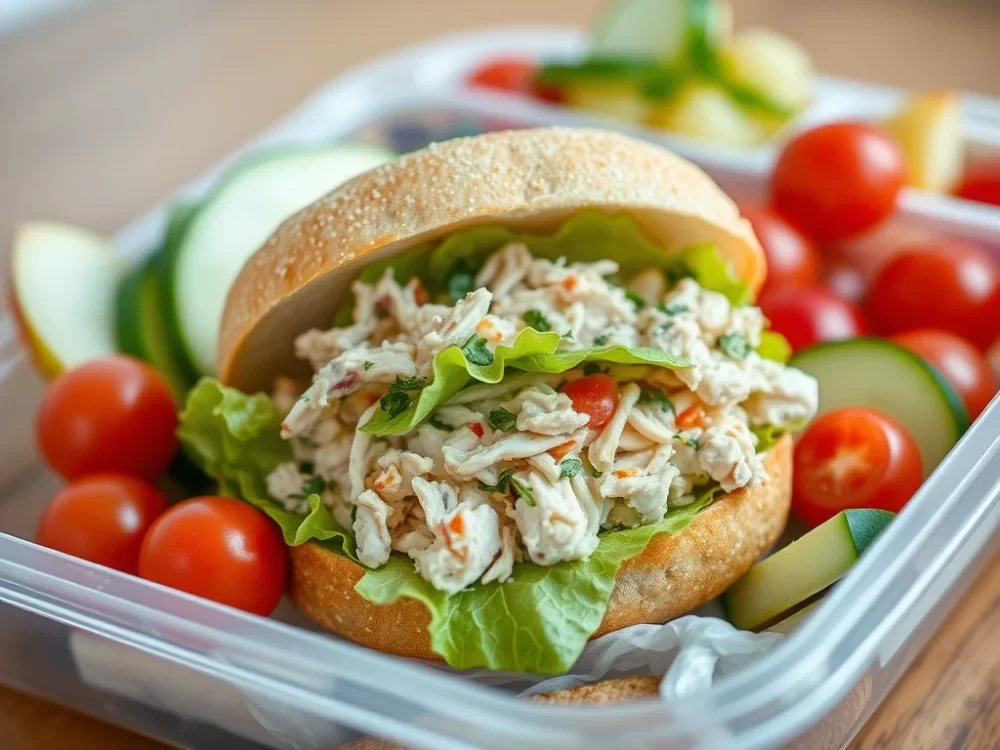Estimated reading time: 3 minutes
Arthritis is a common condition characterized by inflammation, pain, and joint stiffness. While medication and physical therapy are integral to managing the condition, an Anti-Inflammatory diet reduces inflammation and promotes joint health. Understanding which foods to include and which to avoid can significantly impact your overall well-being.
The Science of Inflammation
Inflammation is your body’s natural response when fighting off illness or recovering from injury. However, when it becomes prolonged or chronic, such as seen in conditions like arthritis, psoriasis, asthma, and heart disease, it can lead to further complications. Planning a balanced anti-inflammatory diet can help limit unnecessary inflammation, giving you the best chance for improved health (Arthritis.org).
Foods to Avoid
To effectively reduce inflammation, limiting or eliminating certain foods that contribute to inflammatory responses is essential. Here’s a list of common culprits:
- Refined Carbohydrates: White bread, pastries, and sugary cereals can spike blood sugar levels, promoting inflammation.
- Fried Foods: Items like French fries and fried snacks often contain unhealthy fats.
- Sugar-Sweetened Beverages: Soft drinks and sweetened coffees can increase weight and inflammation (Better Health).
- Red and Processed Meats: Hot dogs and sausages contain compounds that can trigger an inflammatory response.
- Unhealthy Fats: Margarine, shortening, and lard should be avoided as they contribute to inflammation.
Foods to Eat
Incorporating anti-inflammatory foods into your diet can combat inflammation, support joint health, and enhance overall wellness. Here are some foods recommended for an anti-inflammatory diet that may also alleviate arthritis symptoms:
- Fatty Fish: Salmon, sardines, and mackerel are rich in omega-3 fatty acids, which lower proteins that contribute to inflammation, such as C-reactive protein (Hackensack Meridian Health).
- Leafy Greens: Spinach, kale, and broccoli contain vitamins and antioxidants that help fight inflammation.
- Olive Oil: Extra-virgin olive oil contains oleocanthal, which has anti-inflammatory properties similar to those of NSAIDs. It’s also rich in antioxidants (Penn Medicine).
- Nuts and Seeds: Almonds, walnuts, and flaxseeds provide excellent sources of healthy fats and anti-inflammatory compounds.
- Berries: Blueberries, strawberries, and cherries are high in antioxidants that help reduce oxidative stress and inflammation.
- Beans: Varieties like black, kidney, and garbanzo beans are rich in antioxidants and fiber that help to lower inflammation (Mayo Clinic).
- Tomatoes: Thanks to their high vitamin C content, tomatoes are another excellent choice for combating inflammation (Brown Health).
A Balanced Approach to Diet
Knowing which foods to include and which to avoid is the first step. A successful anti-inflammatory diet should be balanced, consisting of various fruits, vegetables, nuts, whole grains, fatty fish, and healthy fats. Achieving this balance will not only assist in reducing inflammation but also improve your physical and emotional health (Mass General Brigham).
Lifestyle Considerations
For optimal results, combine your anti-inflammatory diet with other healthy habits. Ensure you get enough sleep and exercise regularly to promote a healthier lifestyle. This multi-faceted approach will enhance your chances of reducing inflammation and improving joint health and overall wellness (Hospital for Special Surgery).
Conclusion
While no food can cure arthritis, a well-rounded anti-inflammatory diet can significantly alleviate symptoms and promote joint health. Be mindful of both the foods you consume and those you avoid. With these dietary strategies, you can actively manage arthritis and work towards a healthier, more fulfilling life. Always consult healthcare professionals before making dietary changes, especially if you have existing health conditions. For more food ideas, check out our blog.
Last updated on April 6th, 2025 at 11:51 pm
Discover more from Qwery M
Subscribe to get the latest posts sent to your email.



